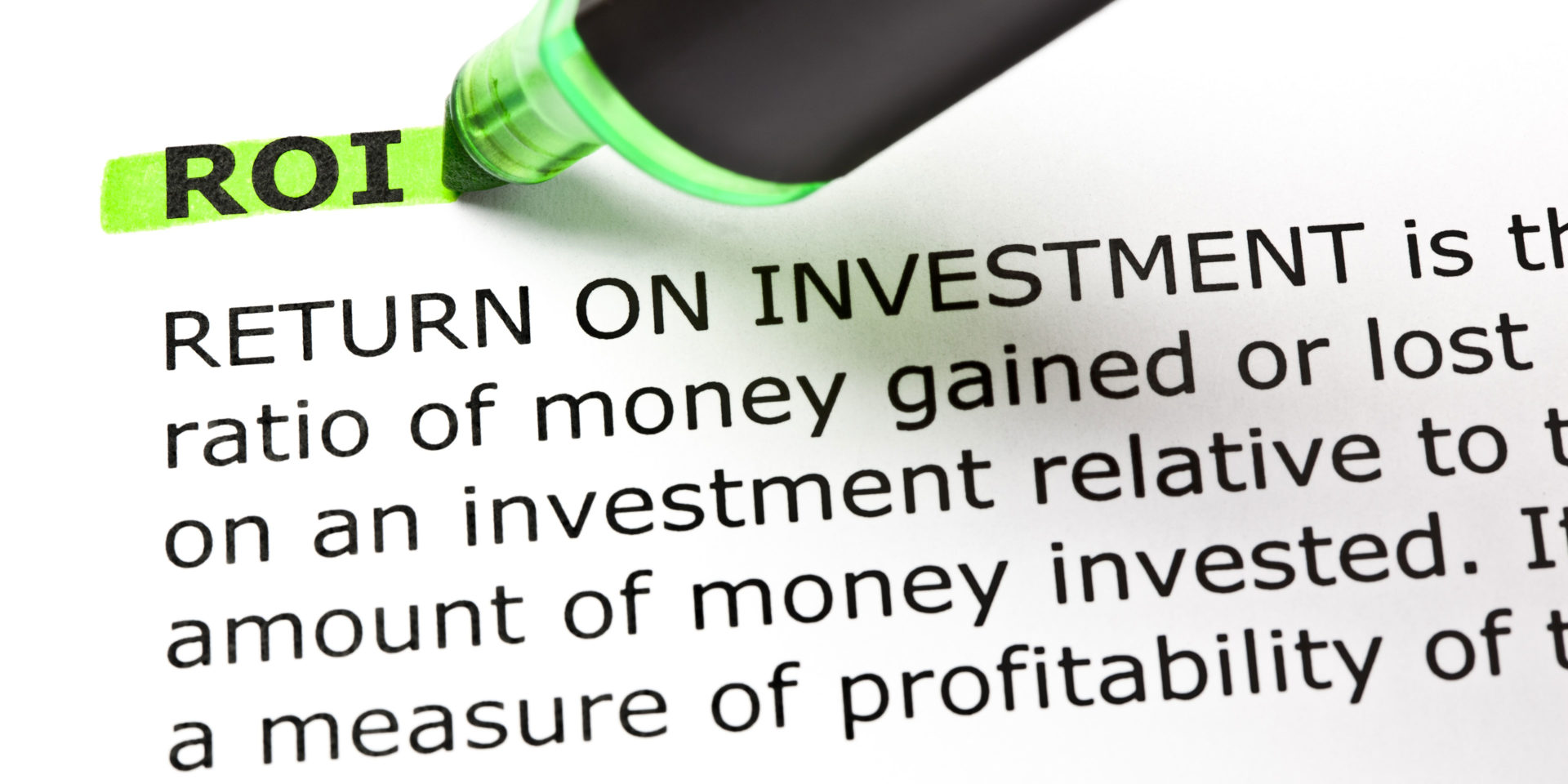
Let ROI drive the bus and you will see your customers defect in droves
This isn’t the first time that I have called for the end of a marketing mainstay.
Last year, I heralded the end to Tiered Club programs. Or rather, I begged for loyalty marketers to toss their cards up in the air and pay more attention to the first tiered card and not the top.
Now it is time to disengage from a percentage: a percentage that has been abused, misused, and confused. Return on Investment (ROI) divides returns minus expenses by expenses. It is intended to gauge whether the activity that you are reviewing drives enough revenue to merit doing again.
1. ROI is used as a stick to bludgeon the marketing department.
Left unchecked, the assumption is that the marketing department will spend and spend and spend until the customers lie in a gluttonous heap on the casino floor. It’s a messenger between the C-suite and marketing. It’s time to kill the messenger.
2. No one agrees on how to calculate the darn thing.
I’ve never seen ROI calculated the same way twice. Do you include sunk costs, or don’t you? Do you multiply by 100% at the end, or not? Do you include all the marketing or property expenses for all efforts made during the day of the visit, or don’t you? What gains do you attribute to the marketing activity, and what would happen without the added investment? Consistency is paramount. Otherwise, the result can be manipulated beyond recognition.
3. Comparing a Granny Smith to a Golden Delicious is better than analyzing an entire fruit salad.
ROI is not a stand-alone metric. Though it is comforting for a numbers-oriented organization to lean on a percentage in order to evaluate success, it is only useful when it is evaluated as a part of a greater picture.
ROI is a comparative metric. Comparisons require the existence of two like events. ROI helps an organization weigh one activity versus another. The challenge is that we don’t operate in a vacuum. There are so many external factors that play a role in results, you can make yourself dizzy by chasing your tail in search of the perfect combination of influences. Are you comparing a similar time period? What were competitors doing at the same time? What layered costs were incurred to buoy or sink results? Oftentimes, external factors need to be noted as qualifiers alongside the presentation of an ROI. The risk of having a laundry list of qualifiers for every event is that we choose to take full responsibility for impressive ROIs, and make excuses pointing to external factors for poor ones.
4. “Hit this ROI by the end of the quarter, or to the gallows with subsequent reinvestment.”
I have seen ROI used as a method of marketing triage. Programs that do not surpass a target ROI are set aside in lieu of short-term gain. What ROI fails to convey is the purpose of the marketing activity.
Retention activities tend to have higher ROIs. The customers know the product. They like the product. They will absorb the reinvestment. They will perform accordingly. We can throw reinvestment in this direction forever, but we may not see behavioral change. The numbers look good, but could reinvestment do just as well elsewhere? Could we back off of Free Play and other couponing activities with this group, and aim towards more community building and experiential endeavors? Would that have stronger gains in the longevity with the customer, rather than winning the day by having bought the business? ROI may not recognize a longer period of time and the ripple effects of more qualitative forms of reinvestment.
Acquisition and Reactivation activities tend to have lower ROIs. These customers either don’t know us yet or have moved along. It takes a longer period of time and perhaps more expense to usher these customers to their optimum spend and frequency. A low ROI for an activity with strategic import should not be a death knell for ongoing reinvestment.
Growth strategies have ROI results all over the map. Do you need to put a package together for a customer who has not demonstrated high spend, but has the characteristics of a top player? Do you need to give away sports tickets to someone with a high Tiered Card who has demonstrated high cumulative spend? The time period chosen for analysis plays an influential role in determining whether the ROI will look promising or not. A customer may not spend according to expectation on the night of an event, but she may show an upswing in spend over the next month. An ROI for the day may look poor, whereas the ROI for the next three months may reflect a positive halo effect from the initial reinvestment.
5. ROI is not a strategic target.
Numbers-driven strategy feels like manipulation in the heart and mind of the customer. If you set a target ROI and then shuffle the marketing reinvestment components so that all results fall in line with expectations, you will miss every mark you set. Numbers help to prioritize. Numbers help to evaluate. Numbers do not connect with the customer.
Walk the walk of a multitude of customer types. Evaluate the amount of time and spend it takes for the customer to feel the benefits of loyalty. Then check yourself. Do the layered costs make sense? Do the promotional activities garner acceptable ROIs? Does one type of promotion or activity promote greater ROIs versus other opportunities?
The job of the marketer is to travel between the customer experience, product development and deployment, and the C-Suite in order to synchronize all influencers and outputs. Let ROI drive the bus and you will see your customers defect in droves. In such cases, you are not in the relationship building business towards sustainable revenue; you are in a transactional business that has an expiration date that no business wants to stomach.







